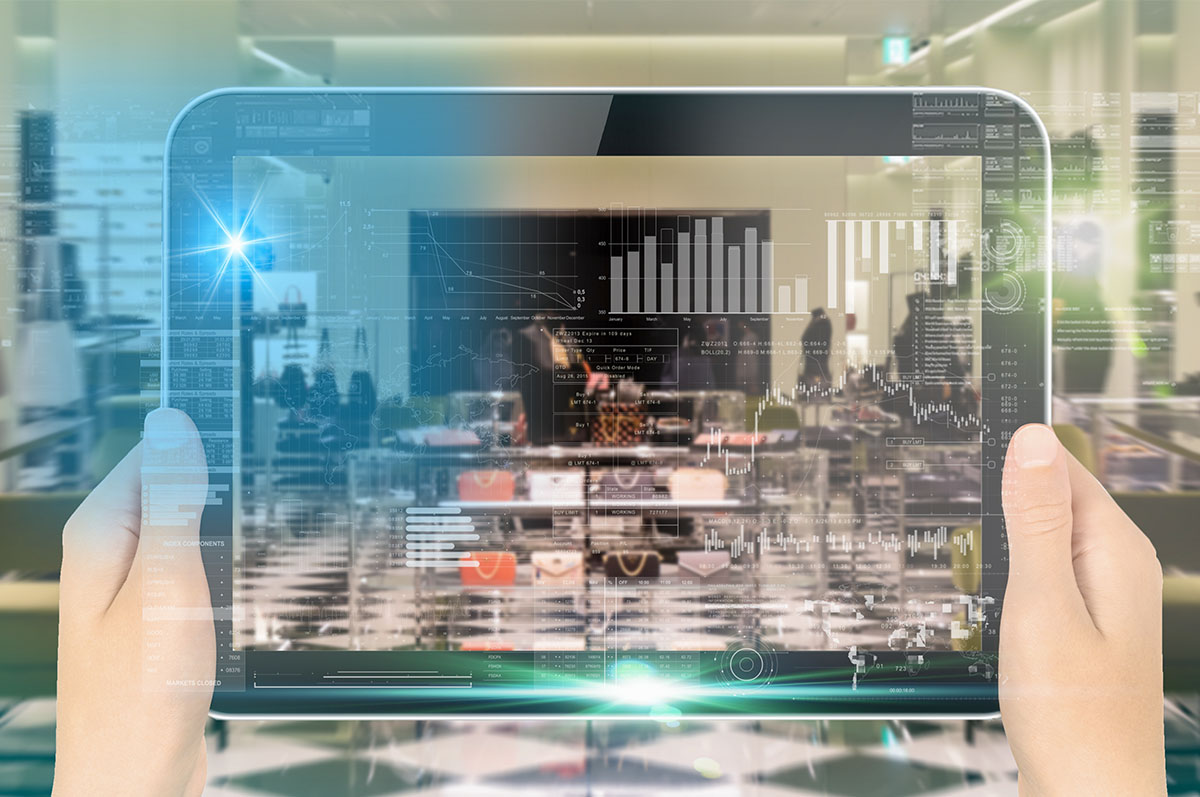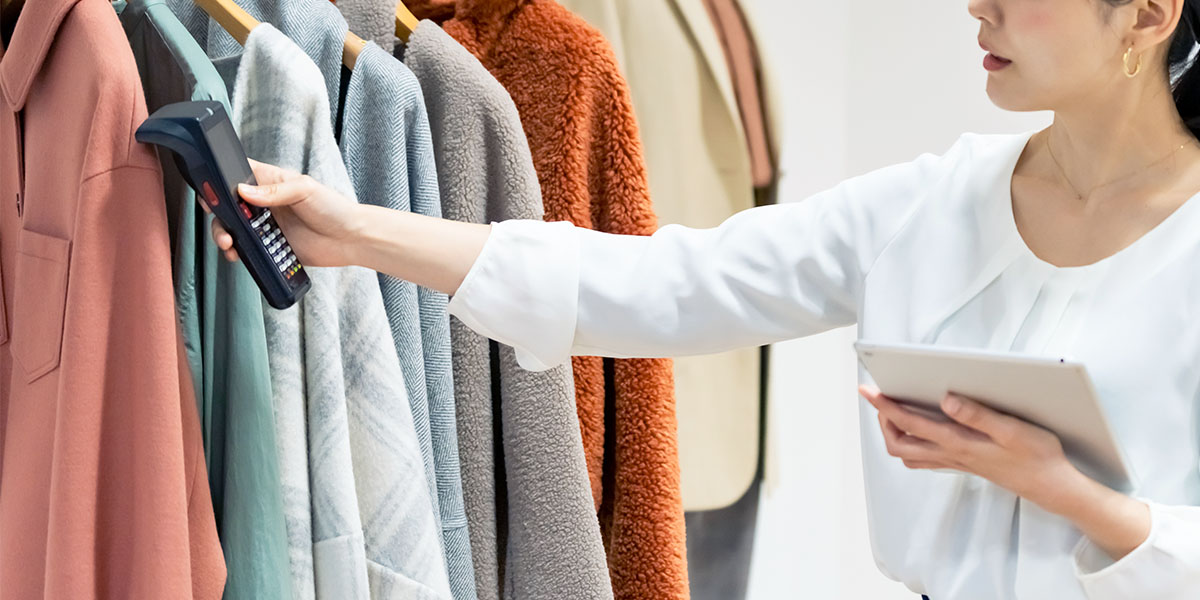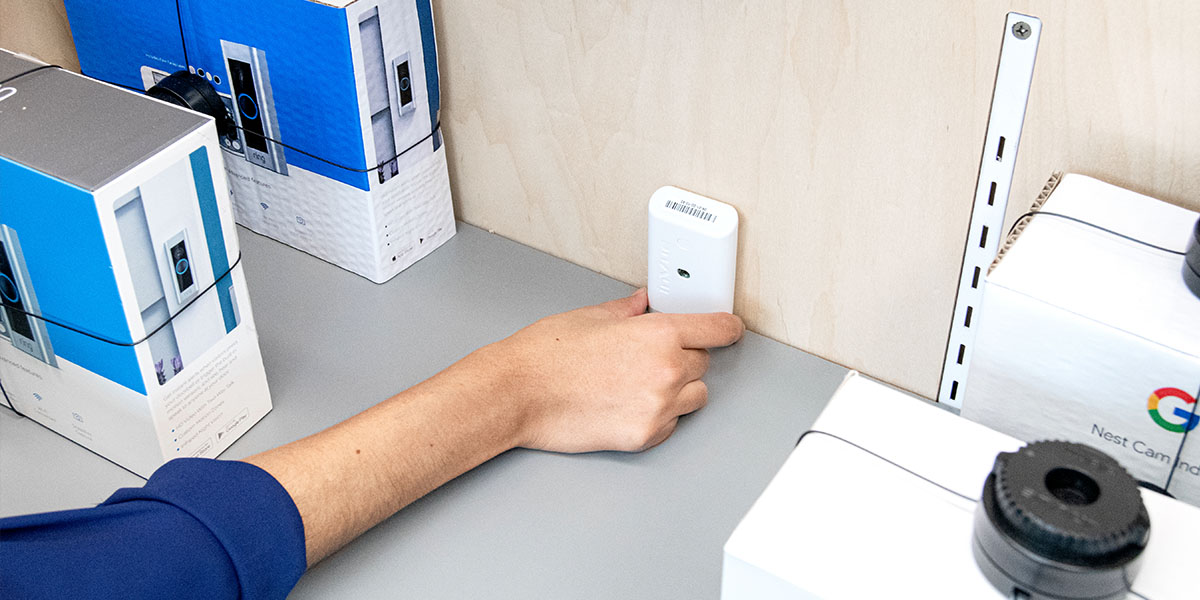The future of loss prevention

For as long as there has been commerce and retail, there has been the threat of theft and loss.
That said, the loss prevention landscape has shifted markedly over the past century, with new tools and innovations delivering constant improvements to the retail bottom line.
So what will the next decade and beyond deliver in terms of loss prevention innovation? Here we look at the tools currently entering the market, with a sneak peak at the future of loss prevention.
Loss prevention backstory
Most of the biggest improvements to loss prevention have occurred courtesy of technology, with the past century seeing the rollout of tools like closed-circuit television (CCTV), electronic article surveillance (EAS) and more.
These have proved essential to the retail sector, offering retailers greater ability to combat shoplifting, employee theft and general retail loss.
Like all technology, the loss prevention landscape is constantly evolving, with new strategies delivering reduced loss, an improved customer experience, and greater insight into store operations.
Some of these are emerging technologies, others are tools being utilised in new and different ways.
RFID
Radio frequency identification (RFID) is far from new technology, but the way it is being deployed within retail is rapidly changing. Used in tags that can be attached at the point of manufacture, RFID can track products right through the supply chain and onto the retail floor.
These tiny tags also contain an array of different information about the products they are attached to, including type, colour, location and more.

For retailers, RFID allows immediate and accurate insight into their stock and its location. But the business case for RFID often extends well beyond combatting loss.
In terms of loss prevention,
key benefits of RFID include:
- Loss prevention and benefit denial – RFID tags can be embedded in a product making them hard to remove without damaging the item and diminishing its value. The detailed information contained within an RFID tag can also determine whether the item has been legitimately sold. Together, these two features mean shoplifters would struggle to sell the stolen goods and cannot return them to the retailer.
- Instant and accurate theft alerts – As ECR Loss explains, a major benefit of RFID is the detailed information it records for retailers. For example, if a product fitted with an RFID tag exits a store without being paid for, security is instantly be notified with information and potentially even an image of the product involved.
- Inventory accuracy – In addition to allowing for up-to-the-minute stock counting and inventory accuracy, an RFID tag exiting a store can also be connected to a replenishment system at the exit gate. Even if the item hasn’t been paid for it can be reconciled against the store’s inventory, allowing for greater insight into retail loss and also ensuring the item taken is accounted for in terms of inventory.Beyond RFID there are also further improvements in the retail landscape which all serve to combat loss.
Smarter cameras
It’s no secret camera technology has significantly improved in recent decades.
Improved resolution and even facial recognition allow retailers to identify thefts better and improve customer service to combat theft.
Smart fixtures
Almost all industries are being revolutionised by the Internet of Things, and retail is no exception.

Smart fixtures such as On Shelf Availability Sensors, along with smart pegs and rails can now identify what products are on a shelf and how many are available, alerting retailers when items are running low.
Smarter mobile phones
Mobile phones have had a significant impact on retail – from beacon marketing to apps and how customers pay for their items. More recently, mobiles have also allowed for the scan-and-go trend where a customer scans an article, money is instantly deducted from their account, and they walk out of the store without the need for a checkout.
In terms of loss prevention, mobile technology is also allowing retailers to instantly be alerted to theft occurring and gain an accurate insight into stock available in-store.
Interlinked technology
Individually, all these technologies offer improved strategies for loss prevention, but it’s when they are interlinked that the benefits multiply.
For example, information from the RFID tags is relayed to the Point of Sale, as is data from on-shelf availability sensors, which can all be accessed via smartphone and used by retail associates.
Meanwhile, automatic alerts indicate when a tagged item is leaving the store but has not been paid for, or a notification pops up to indicate an item is running low.
Combined with further analytics like traffic counting, sales reports, and tools such as smart keys, retailers gain an in-depth appreciation of what’s occurring in-store, not just in terms of loss prevention but also customer interaction with products, peak traffic times, conversion rates and more.
It’s a bold future where insight into store operations has never been more comprehensive, but already this futuristic retail landscape is taking shape, with innovative products being deployed.
You can gain further insight into the trends emerging in loss prevention here, or view our range of products, including electronic article surveillance and more.